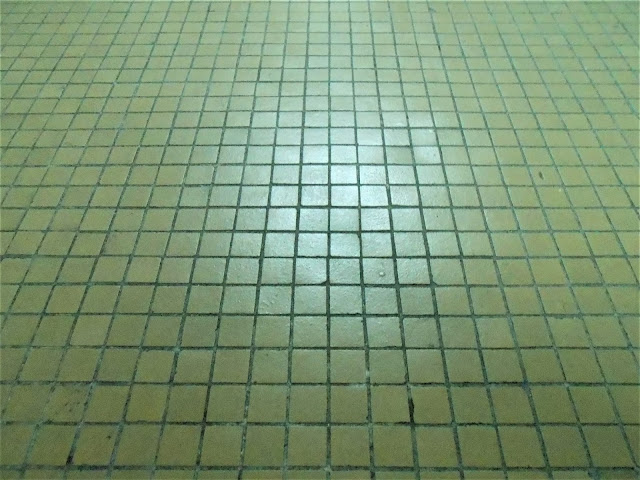I'd love to be able to simply pack a bag, book a ticket, and hop myself away whenever I need a break, but that not being realistic, what I do thus, is to haul myself over to this little nook called Healthland right at the end of Chinatown and try to escape for just a little while.
It works well every time.
No less because Healthland is a spa that specializes in Thai and Oil Aromatherapy Massage, and those who know Thai Massage will know that it is not one of the most comfortable ones around- meaning you won't be able to drift off asleep with its techniques- and yet, that's where the charm of it lies.
It works well every time.
No less because Healthland is a spa that specializes in Thai and Oil Aromatherapy Massage, and those who know Thai Massage will know that it is not one of the most comfortable ones around- meaning you won't be able to drift off asleep with its techniques- and yet, that's where the charm of it lies.
Someone once aptly described Thai Massage as your body doing yoga without you voluntarily moving a muscle, and I couldn't agree more.
More so if the spa is a place like this that is orderly, fragrant, practical and proper.
More so if the spa is a place like this that is orderly, fragrant, practical and proper.
You enter direct from the street through a glass door, remove your footwear and climb up a flight of carpeted steps, where you'll then find yourself welcomed by the receptionist counter and the waiting area. Here you'll tell them what it is you want, how long you want it for, make the payment, and then, if the therapist is available, straight away you'll be told to go and change.
I sometimes get directed to this little room that doubles up as a locker space and a linen closet. Other times I get directed straight to the room where I'll be in, and told to change there.
The outfit is a simple, baggy one that consists of a blouse-like top, a pair of elastic shorts and a belt. There are no buttons, so you simply tie it firm and hope to high heavens nothing comes loose in the middle of your session.
They begin on the clock, these therapists, so it starts with your feet where they warm it up with a towel, then it goes upwards from there. Your calves, your thighs, your knees, first one leg, then the other. After that they work on your back, your neck, your shoulders, your arms.
It is very systematic- points, muscles, joints and all.
It is also very precise.
Particularly when they're working on the back where iit feels like they're pressing down on every part of my spine, followed by my rib cage and then all the muscles that tighten up between my shoulder blades and my upper arms.
It is a stretching thing, Thai massage, and you can be sure there'll be plenty of that. There's this part where your hands go behind your neck whilst you're sitting cross legged and she'll twist you side to side. There's also this part where the therapist will step on your back. There's a part where she'll use her knees to loosen up the tight part of your spinal tailbone and afterward still, nearing the end, there's this part where she'll arch your entire body into some sort of suspended curve. It can get rather nerve-wrecking.
The minutes do tick by pretty fast, but, like any other comfortable spa, they don't rush you off when your session is over. Take your time to change back to your clothes, no problem, and after you're done, you get to stone at the waiting area for a bit whilst sipping a little cup of water, or a little cup of ginger tea.

















































